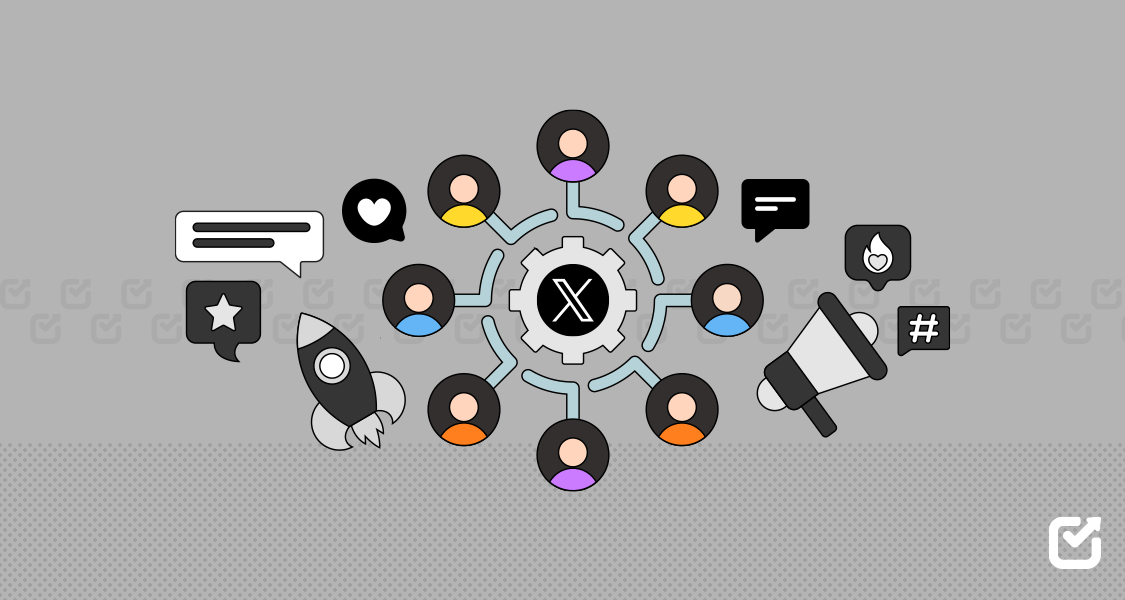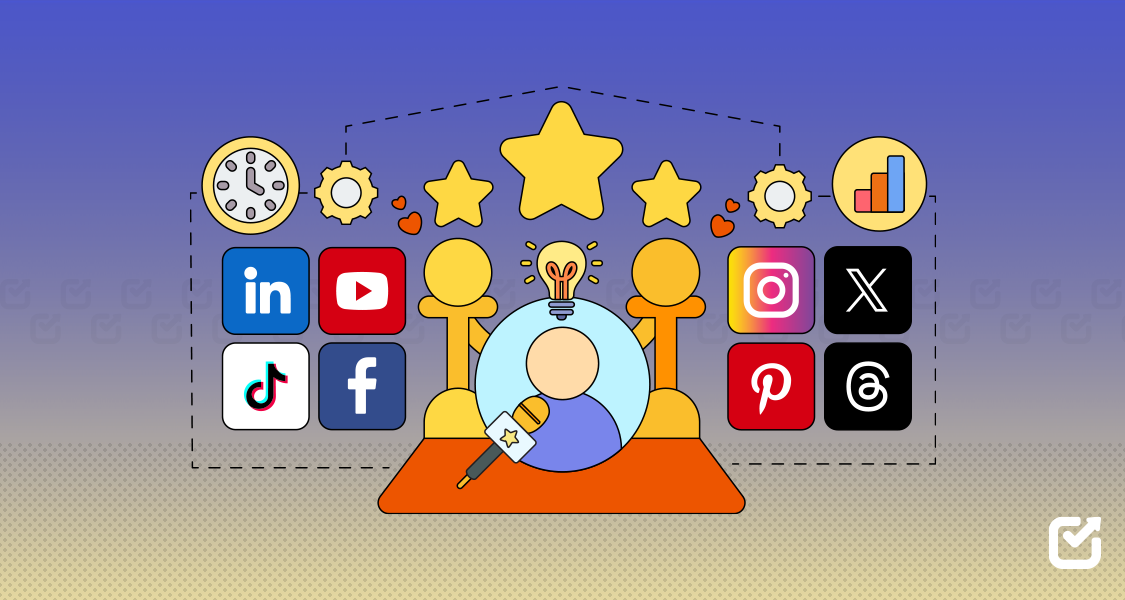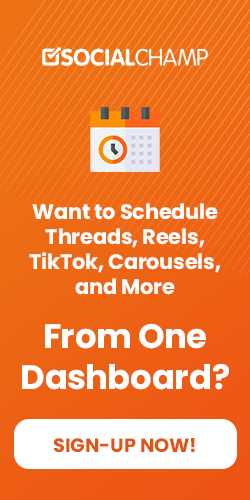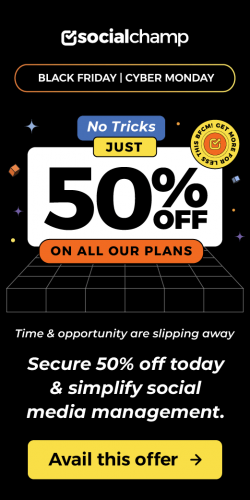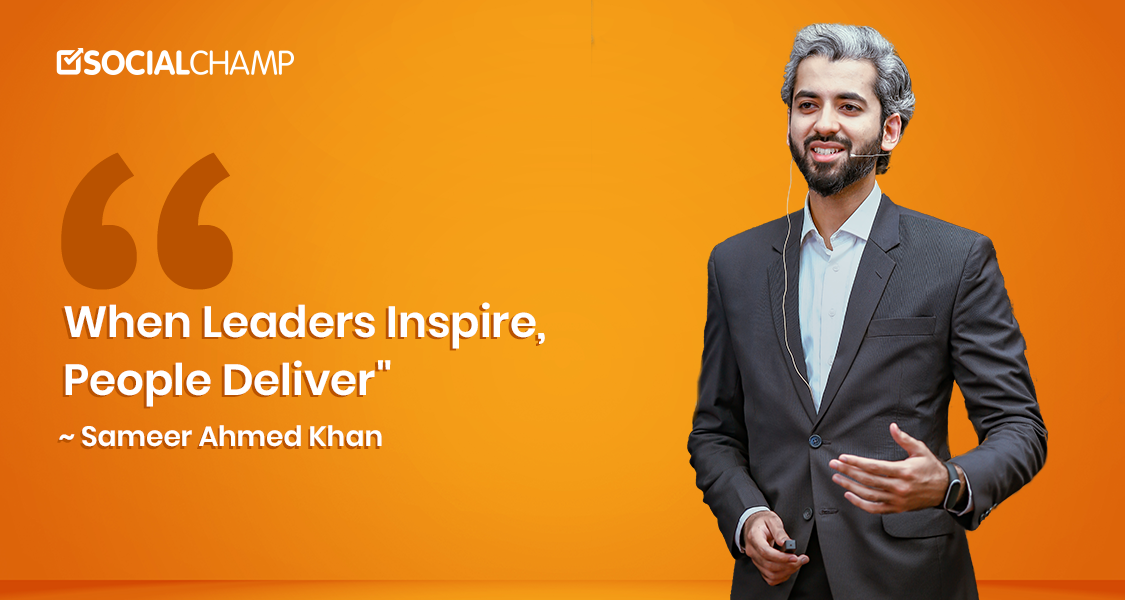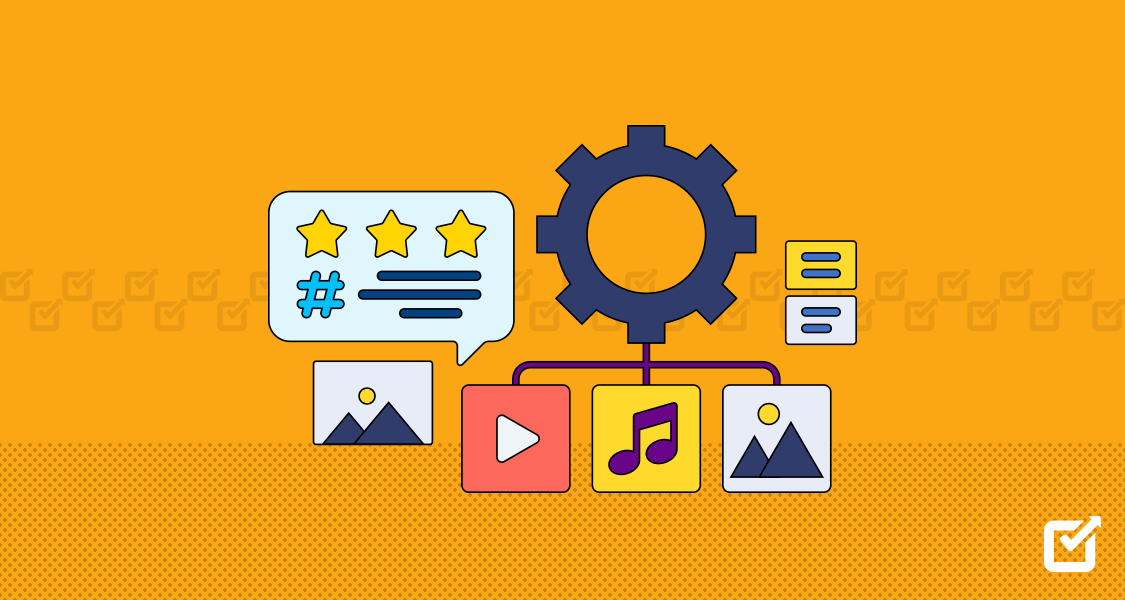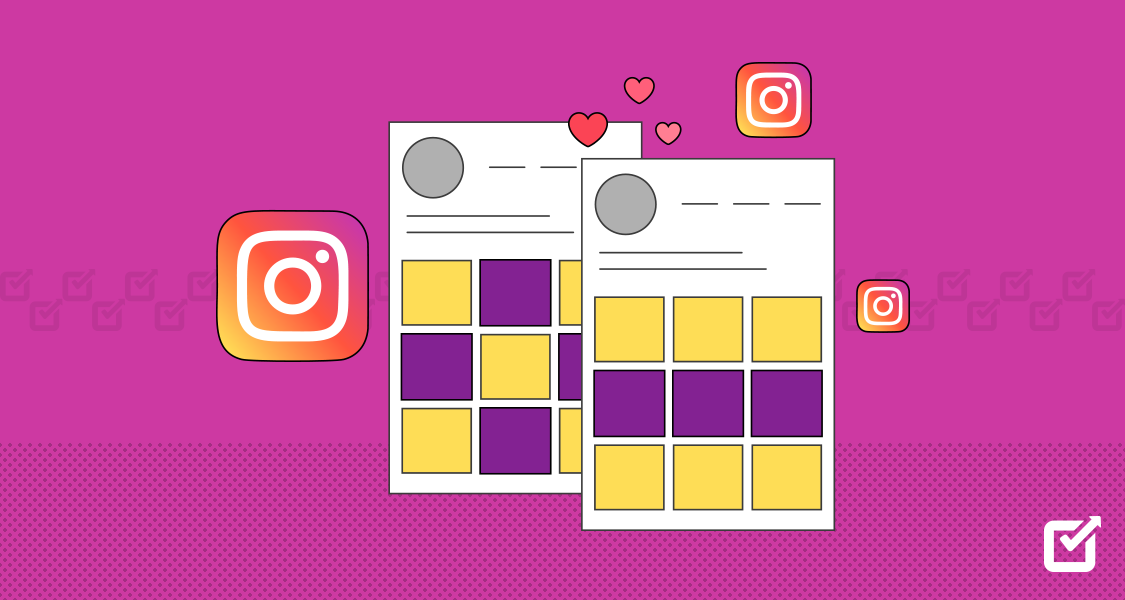Did you know that 58% of marketers track impressions and reach to measure their campaigns?
These two metrics may sound similar, but they tell very different stories.
Impressions count how many times your content is shown—think of it as the number of times you waved at someone in a crowd.
Reach, though, is the number of people who actually noticed and waved back.
Both have their place, but understanding the difference is the key to running smarter campaigns.
Sure, both matter, but only one truly pulls its weight.
Want to know which? Don’t sweat it—we’ve got the cheat sheet and tools to settle the debate for impressions vs. reach.
Let’s get started before your next campaign falls flat!
Short Summary
- Impressions refer to the total number of times your content is shown, regardless of whether it was clicked, indicating visibility but not necessarily engagement.
- Reach, on the other hand, measures the unique users who view your content, giving a better understanding of your audience size and how far your message spreads.
- The key distinction between Impressions and Reach is that Impressions include repeated views, while Reach counts each user only once.
- Both metrics are crucial for evaluating content performance on platforms such as Facebook, Instagram, X, and LinkedIn.
- By tracking impressions and reach, you can refine your content strategy to ensure effective targeting and engagement with your audience.
- Keeping an eye on these metrics helps evaluate the success of your campaigns and informs necessary adjustments for improved engagement and visibility.
- Utilizing tools like Social Champ, Google Analytics, Hootsuite, Sprout Social, and Buffer can make it easier to monitor impressions, reach, and engagement.

Optimize in Real-Time With Social Champ!
With Social Champ’s real-time analytics, track, analyze, and refine your strategy on the fly. Don’t wait—start optimizing and drive results now!
What Are Impressions and Reach? A Quick Overview
Impressions
Impressions refer to the total number of times your content is displayed on a platform, whether it’s clicked on or not.
Every instance your content appears on a user’s screen counts as an impression, making it a valuable metric for understanding how often your content is seen.
High impressions indicate your content’s visibility but don’t guarantee interaction or engagement.
Reach
Reach, on the other hand, measures the unique number of users who see your content.
Unlike impressions, reach doesn’t count repeated views from the same user, offering a more accurate picture of your audience size.
For example, if one user sees your ad five times, it counts as one in terms of reach but five in terms of impressions.
Reach is a critical metric for assessing how far your message is spreading.
Reach vs Impressions on Facebook
Facebook provides detailed insights into both metrics, helping marketers understand their content’s impact.
Impressions represent the number of times your content appears in feeds, regardless of user interaction.
Reach, however, focuses on the number of unique users who see your posts.
Together, these metrics offer a comprehensive view of your campaign’s visibility and audience engagement.
Featured Article: Understanding Social Media Performance: Metrics That Matter
Reach vs Impressions on Instagram
On Instagram, these metrics operate similarly.
Reach highlights the number of unique viewers, while impressions indicate the total number of views, including repeat visits by the same user.
Both metrics are vital for evaluating Instagram performance, especially when aiming to balance audience growth with engagement frequency.
Social Media Reach vs Impressions
Across all platforms, understanding the difference between reach and impressions is key to analyzing your campaigns’ success.
Reach measures the breadth of your audience, showcasing how many people your content reaches.
Impressions, meanwhile, gauge the frequency of exposure, indicating how often your audience sees your content.
By combining insights from both metrics, marketers can identify trends, optimize strategies, and maximize campaign effectiveness.

Turn Data Into Results!
Leverage Social Champ’s advanced tools to decode your audience’s preferences and maximize engagement. Sign Up Now!
Why Tracking Impressions and Reach Is Crucial for Digital Marketing Success
Understanding Audience Behavior
Tracking impressions vs reach helps you understand how your audience interacts with your content.
If impressions significantly exceed reach, it indicates that your content is being viewed multiple times by the same audience, which can suggest strong interest or overexposure.
Optimizing Content Strategy
Monitoring these metrics allows you to tweak your content strategy. For example:
- High reach but low impressions? Your content might not be engaging enough to attract repeat views.
- High impressions but low reach? Consider diversifying your audience targeting.
Measuring Campaign Effectiveness
By comparing reach and impressions, you can measure whether your campaigns are delivering value. For instance:
- High Reach and High Impressions: Indicates wide visibility and frequent engagement.
- Low Reach and Low Impressions: Suggests your content isn’t resonating, signaling the need for improvement.
Enhancing ROI
Accurate tracking of reach and impressions helps optimize ad spend, ensuring you allocate resources to strategies that maximize visibility and engagement.
Impressions, Reach, and Engagement – How These Metrics Work Together to Drive Results
Defining Engagement
Engagement measures the interactions users have with your content, such as likes, shares, comments, and clicks.
While reach and impressions gauge visibility, engagement highlights how effectively your content drives actions.
The Interplay of Metrics
- High Reach + High Engagement: A well-targeted campaign with compelling content.
- High Impressions + Low Engagement: Indicates overexposure or lack of relevance.
- Low Reach + High Engagement: Suggests strong content with limited audience targeting.
Key Takeaways
Understanding the relationship between impressions, reach, and engagement helps you:
- Identify what resonates with your audience.
- Adjust your strategy to drive meaningful interactions.
- Ensure a balanced approach between visibility and engagement.
Comparing Impressions and Reach Across Social Media Platforms
On Facebook, impressions can exceed reach when users view the same content multiple times.
This occurs because Facebook’s algorithm often displays posts to users who have interacted with similar content before.
While impressions showcase how often your post appears, reach reveals the number of unique users exposed to it.
To optimize these metrics, ensure your content encourages meaningful engagement through compelling visuals, thought-provoking captions, and interactive elements like polls or questions.
Instagram emphasizes visually engaging content, making it a platform where aesthetics matter.
If your reach is high but impressions lag, it may indicate users are not revisiting your content.
Enhance visual elements, such as using vibrant colors or carousel posts, and craft captions that encourage users to engage or share.
Additionally, using Instagram Stories and Reels can boost both reach and impressions by tapping into Instagram’s algorithm-driven discovery features.
X
On X, impressions often surpass reach due to the platform’s fast-paced nature.
With tweets frequently reappearing in timelines through retweets and likes, content visibility increases significantly.
To improve both reach and impressions, maintain a consistent posting schedule, use trending hashtags, and actively engage with your audience by responding to comments and participating in discussions.
For B2B marketers, LinkedIn’s metrics are particularly valuable.
Reach provides insight into how many professionals see your posts, while high impressions indicate that users are revisiting or engaging with your content multiple times.
To maximize LinkedIn’s potential, focus on creating industry-specific thought leadership content, leveraging professional hashtags, and engaging with your network through comments and shares.
Additionally, using LinkedIn Analytics can help fine-tune your approach by identifying what types of posts resonate most with your audience.
Tools for Tracking Reach and Impressions
-
Social Champ
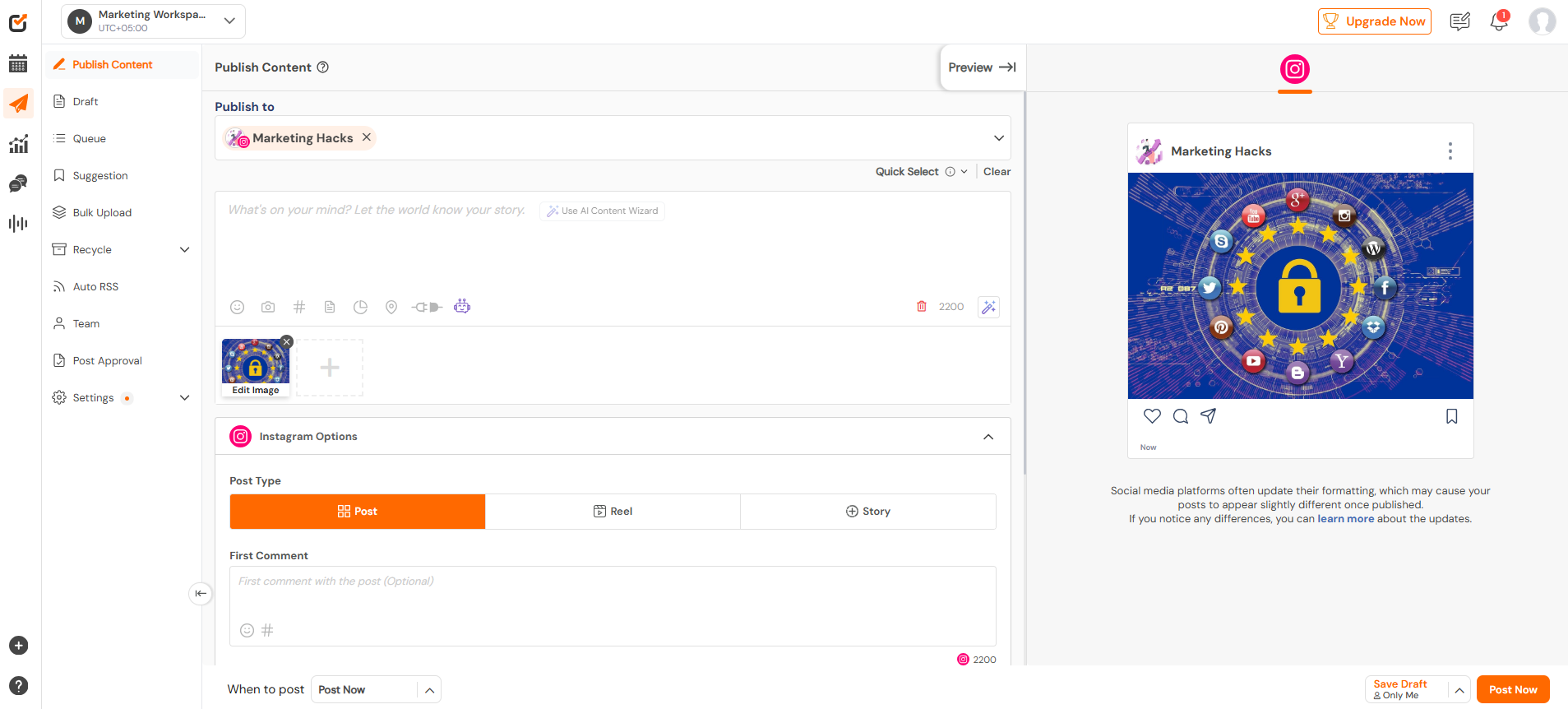
Social Champ’s Dashboard Social Champ is a standout tool for tracking reach and impressions with precision.
Its intuitive dashboard simplifies data analysis, while its real-time analytics provide up-to-the-minute insights.
Seamlessly integrating with major platforms like Facebook, Instagram, X, and LinkedIn, Social Champ enables marketers to monitor performance across channels.
It’s detailed metrics help fine-tune strategies, ensuring that campaigns are both effective and engaging.
This platform also offers features like scheduling, automation, and team collaboration, making it an all-in-one solution for social media management.
Social Champ also empowers marketers with customized reports that highlight key performance indicators (KPIs).
This enables a data-driven approach to strategy adjustments.

Know Your Numbers, Master Your Campaigns!
Social Champ makes tracking impressions, reach, and engagement effortless, so you can optimize in real-time and never guess again. Don’t miss out—start today!
-
Google Analytics
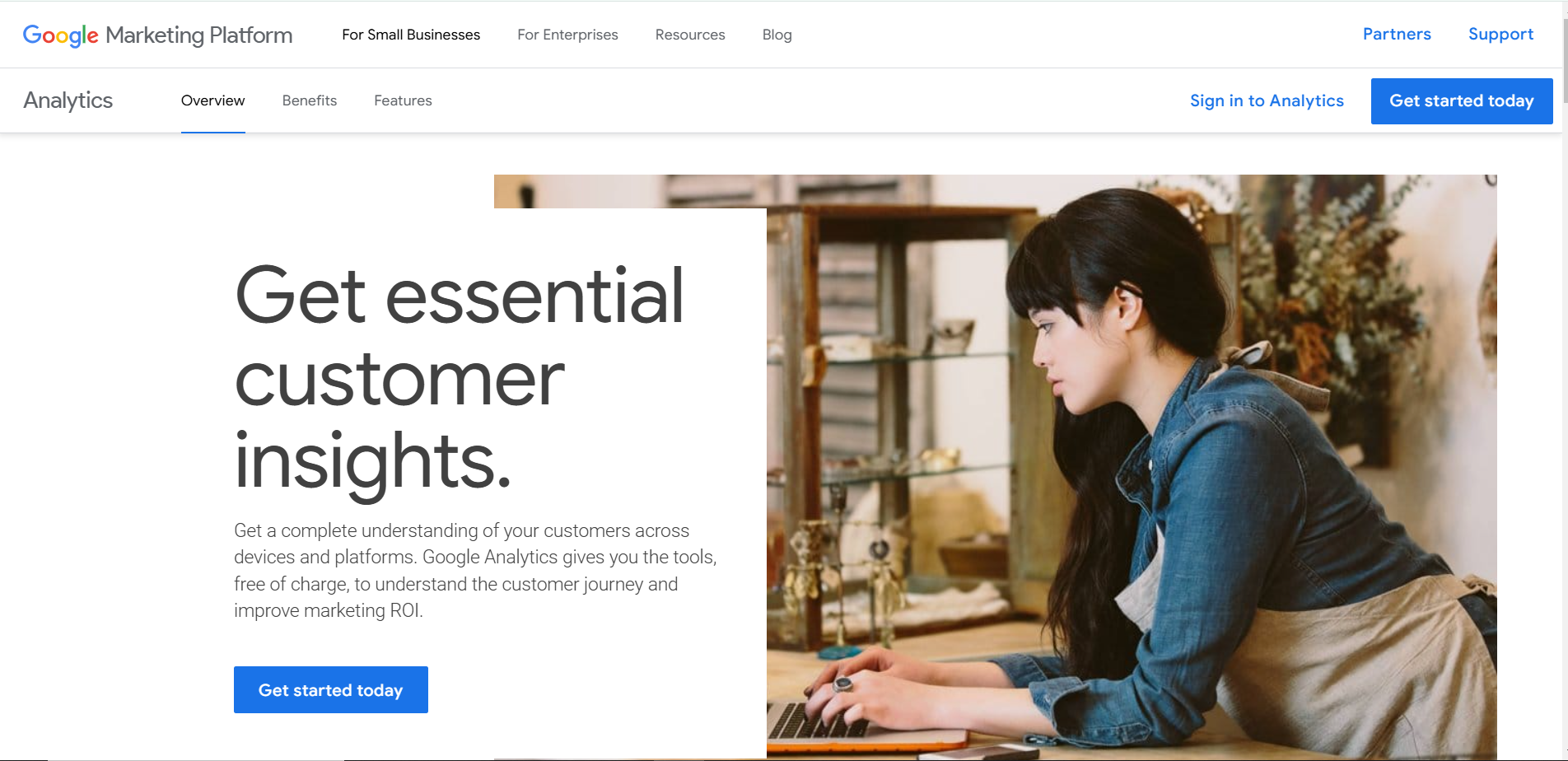
Google Analytics’ Landing Page Google Analytics is a powerful tool for tracking website-related impressions and reach.
By analyzing traffic sources, user behavior, and engagement, it offers a comprehensive view of how audiences interact with your website.
With features like custom reports and audience segmentation, Google Analytics allows businesses to identify trends and optimize web content to maximize reach and impressions effectively.
One standout feature of Google Analytics is its ability to measure multi-channel attribution.
This helps businesses understand how different marketing channels contribute to overall performance, providing valuable insights into which efforts are driving impressions and expanding reach.
-
Hootsuite
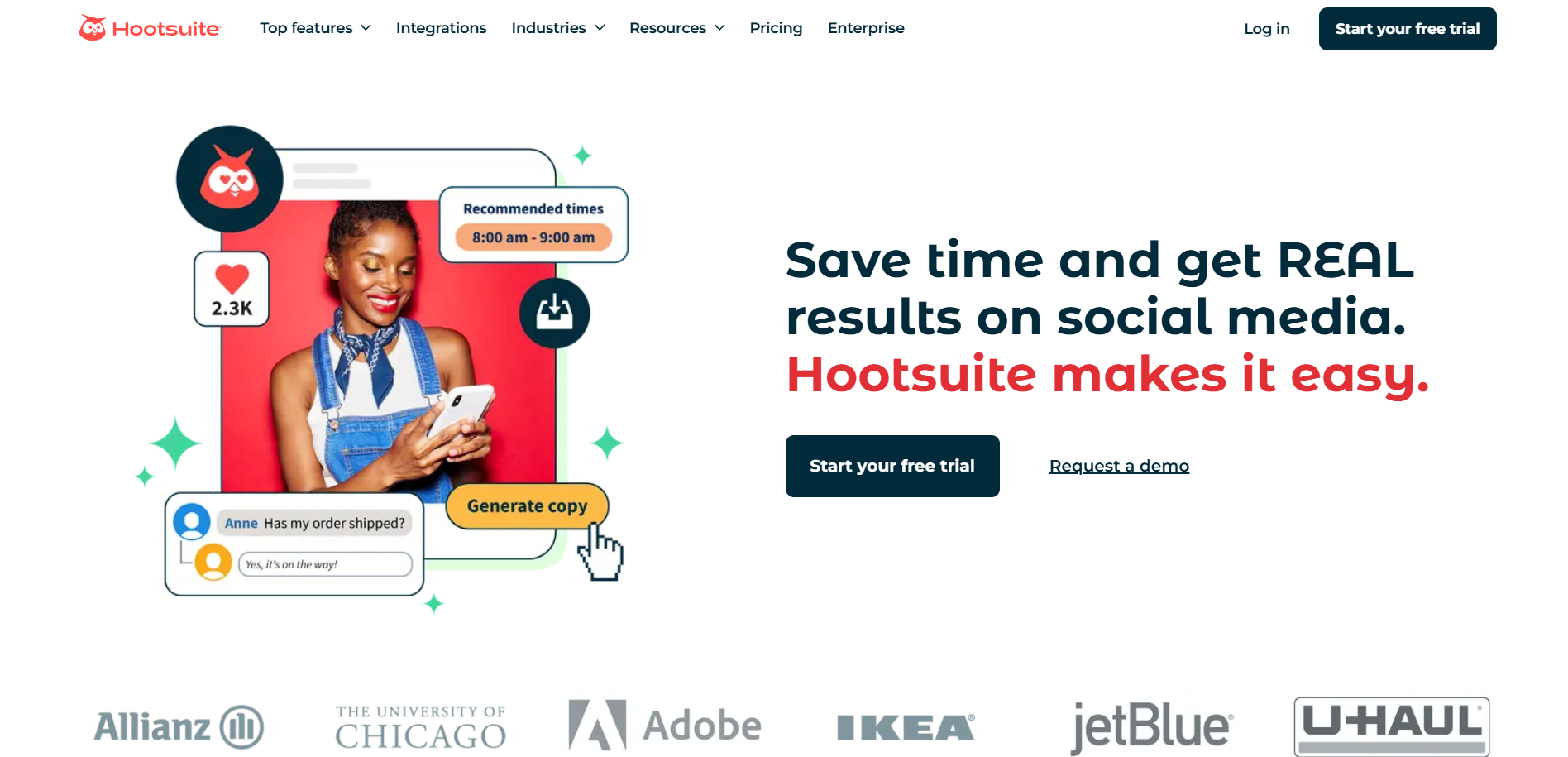
Hootsuite’s Landing Page Hootsuite provides robust analytics to track social media performance, including impressions and reach.
Its centralized dashboard makes it easy to manage multiple accounts, schedule posts, and monitor audience engagement.
Hootsuite’s analytics break down the performance of individual posts, campaigns, and overall strategy, giving marketers actionable insights to improve reach and increase visibility.
Additionally, Hootsuite offers real-time alerts and competitor tracking, making it an excellent choice for businesses that want to stay ahead in the social media space.
By analyzing both organic and paid content metrics, Hootsuite enables users to optimize their investment in social media campaigns.
-
Sprout Social
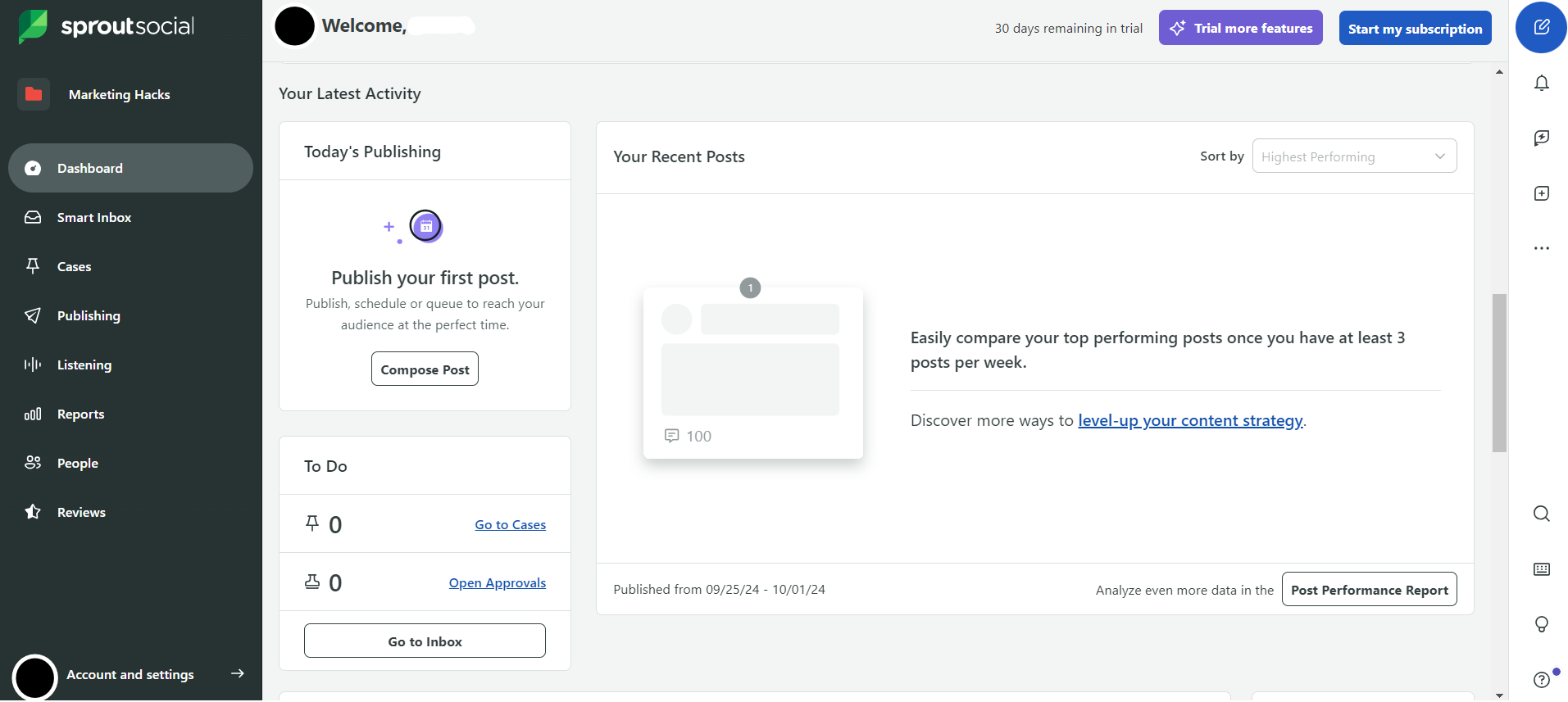
Sprout Social’s Dashboard Sprout Social delivers detailed metrics on impressions, reach, and engagement across various social media platforms.
With its user-friendly interface and advanced reporting capabilities, Sprout Social helps businesses analyze content performance and audience interactions.
The platform also offers tools for scheduling, publishing, and team collaboration, making it a go-to choice for comprehensive social media management.
Sprout Social’s standout feature is its “Listening Tools,” which provide sentiment analysis and audience insights.
These tools allow businesses to identify trends, monitor brand mentions, and refine messaging to resonate more effectively with their target audience.
-
Buffer
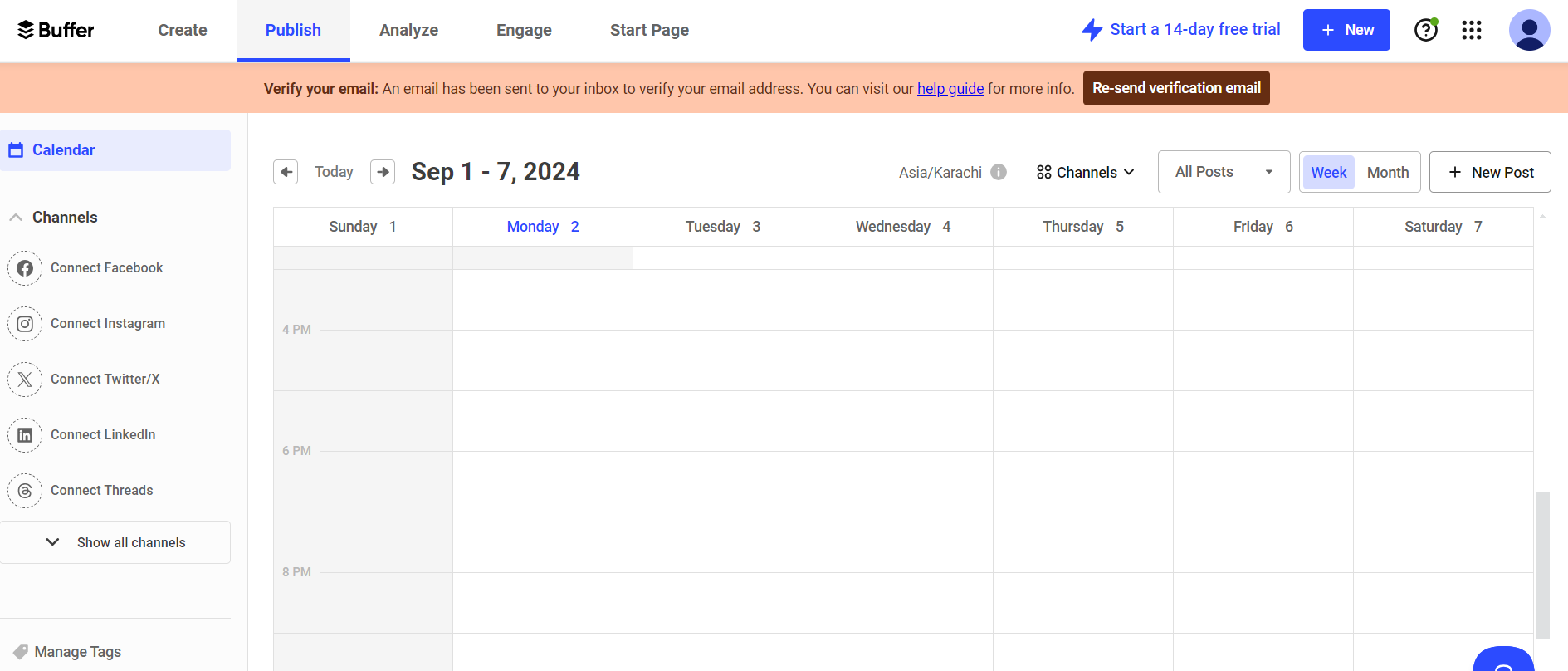
Buffer’s Dashboard Buffer’s analytics focus on monitoring content performance, with a strong emphasis on reach and impressions.
The platform’s simplicity and ease of use make it ideal for small teams and individuals looking to track social media metrics.
Buffer also provides post scheduling tools and performance summaries, enabling users to identify high-performing content and optimize posting strategies for maximum impact.
Buffer’s “Recommendations” feature offers actionable insights on the best times to post, helping users maximize engagement and visibility.
This, combined with its streamlined workflow tools, makes Buffer an excellent option for businesses aiming to improve their social media strategy with minimal complexity.
Conclusion
Understanding impressions vs reach is crucial for navigating the dynamic digital marketing landscape in 2025.
Impressions reflect the total number of times your content is displayed, while reach measures the unique users who see it.
Together, these metrics offer valuable insights into content visibility and audience size.
When paired with engagement data, they provide a comprehensive view of your campaign’s performance, helping you identify what works and what needs improvement.
Tools like Social Champ simplify this process by offering real-time analytics and detailed insights to track and optimize these metrics.
With Social Champ, you can fine-tune your strategies to create impactful and efficient campaigns, ensuring your content reaches the right audience at the right frequency.
Understanding these metrics empowers marketers to make data-driven decisions, maximize ROI, and stay ahead in a competitive digital environment.
Start tracking your impressions vs reach today to unlock your campaign’s full potential.

